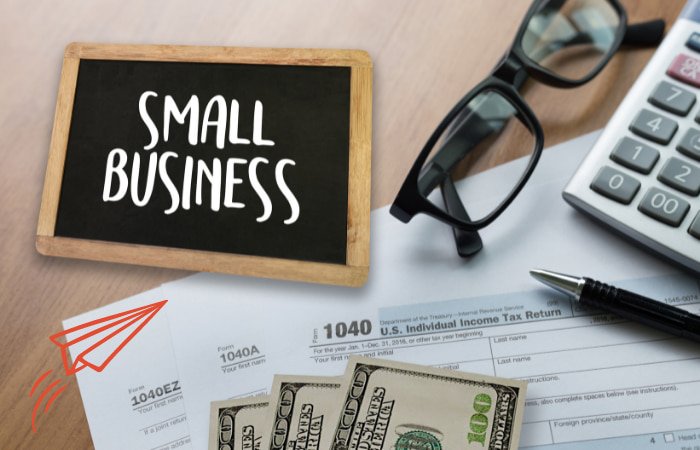The Business Model Canvas has taken the world of entrepreneurship by storm since it was first introduced to us in 2011(See Wikipedia). The tool was created by Alexander Osterwalder, Yves Pigneur, and others as a practical way to create business models to help entrepreneurs succeed. But what are the top business model examples out there? The following are five examples of the Business Model Canvas that you can learn from to help your own business become successful.
Business Model Examples
Business models come and go, and it’s hard to predict which will stick and which won’t. It makes sense, then, that you should constantly look for new ways to improve your own. You can do that by watching what other businesses are doing (or not doing) and seeing how they perform (or don’t). If you like what you see—if their business model seems sustainable or effective—look into replicating it or integrating some of its principles into your own business model. For example, looking at online clothing retailers like Zara and ASOS can teach brick-and-mortar shops a thing or two about speed: Online sales tend to be made within hours of becoming available instead of weeks or months as is standard for stores.
Business Model Canvas Example #1

The App Business Model Business model canvas 1 has three different phases: initial, recurring, and data sales. The first phase is called revenue, which means that there are no costs for users to download or use your app. The next phase is costs or content acquisition costs. This refers to how much you spend on acquiring content for your app—this could be photos, videos, music, short films, or written articles.
Business Model Canvas Example #2

The Flip Business Model – Some businesses have a structure that allows for a quick turnaround. That is, they buy low and sell high, or at least try to. In addition to operating on razor-thin margins, these business models frequently require expensive up-front investments before making any money. Home flippers are an example of
Business Model Canvas Example #3
Cafe Posh – The business model canvas template shows that Cafe Posh’s product is Coffee + Charcoal + Water as key inputs. In return, Cafe Posh offers Java Lattes as a main output and targeting City College students as their customer base. Additional outputs from Cafe Posh include Wifi services and being a good neighbor to its neighbors by participating in community events. They also give 2% of their revenue to a non-profit organization located next door to Cafe Posh every month. Outside inputs come from paying for rent, insurance, other operating costs, and other expenses necessary for sustaining daily operations. Their investment is zero capital, so there are no additional outside resources needed besides ingredients for serving Coffee.
Business Model Canvas Example #4
Car2Go (now DriveNow) The car-sharing service was originally launched in Ulm, Germany. After identifying a problem—the fact that it’s a pain to get a rental car when your ride breaks down or you need to pick up something from a store on your way home—Car2Go created a new solution: Car2Go vehicles could be picked up and dropped off anywhere within an area designated by its partner cities. This original business model canvas allowed for just one type of user: individuals looking for rides. In 2010, Car2Go began expanding into North America with its operations in Austin, Texas.
Business Model Canvas Example #5
Airbnb’s business model is based on helping people earn extra money by renting out their extra space. The site provides a place for people to post listings and connect with travelers looking for an alternative place to stay. People can use their own property as a short-term rental (like a hotel), or they can rent someone else’s property (like an apartment). Whether you’re offering your home, your bike, your car, or just your couch, Airbnb allows people to rent unique spaces around the world. Anyone with space can offer it up as a temporary hotel room. To keep guests happy and hosts comfortable, Airbnb offers insurance for properties that are rented through its site, giving everyone protection from damages that might occur during a stay.









